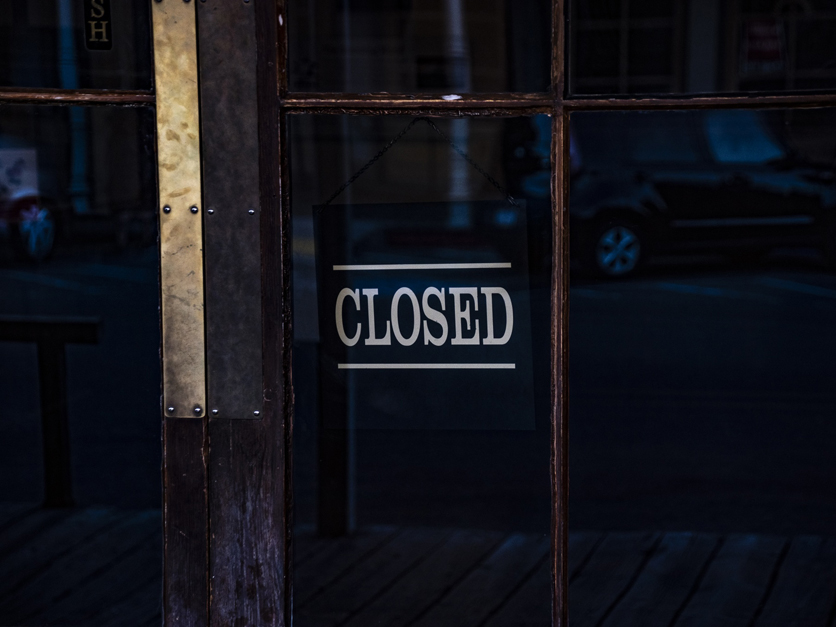Without citing any specific time frames, California Governor Gavin Newsom unveiled a new decision-making framework that will eventually get children back to school, non-essential employees back to work and allow more businesses to operate.
He described the pathway as moving from surge, to suppression and ultimately on to herd immunity and to a vaccine. “But in this transition where we do see light at the end of the tunnel, where there is a ray of optimism and hopefulness that this too shall pass.” There were 758 COVID-19 related deaths in the state as of Tuesday.
Newsom made it very clear that the next phase is “perhaps the most difficult and challenging phase of all” and is one “where science, where public health, not politics, must be the guide.” And he warned his 40 million constituents that this is not the time to stop following the stay-at-home order for non-essential workers or taking other safety precautions.
“Please it’s incumbent upon all of us to continue to do the incredible work that you’ve done. I peril that we pull the trigger and pull the plug too early and no, we won’t do that," he added.
California’s six indicators for modifying the stay-at-home order are:
- The ability to monitor and protect our communities through testing, contact tracing, isolating, and supporting those who are positive or exposed;
- The ability to prevent infection in people who are at risk for more severe COVID-19;
- The ability of the hospital and health systems to handle surges;
- The ability to develop therapeutics to meet the demand;
- The ability for businesses, schools, and child care facilities to support physical distancing; and
- The ability to determine when to reinstitute certain measures, such as the stay-at-home orders, if necessary.
“The most important framework is our capacity to expand our testing, to appropriately address the tracing and tracking of individuals, the isolation and the quarantine of individuals using technology and using a workforce that needs to be trained and an infrastructure that needs to be in place in order to begin the process to transition,” Newsom emphasized.
At some time in the future, Newsom said his team will offer baseline recommendations and guidance that will create a foundation and floor for expectations but that “localism is determinative.
“Because of the scale and scope of California, because of the geographic distances, because the rural and urban construct, because of density of population and also density of spread being so distinct and unique in different parts of the state, yes, we’ll be guided by local decision making,” he emphasized.
Gov. Newsom said “things will look different” when he eventually begins to ease the stay-at-home order. Restaurants, for one, may have to cut the seating capacity by half to spread out customers, he said. Waiters may wear gloves and masks and check temperatures as customers enter.
Newsom was asked about the prospect for summer gatherings like fairs and Fourth of July celebrations. For farmers and others who supply trade shows, conferences, and other large venues, Newsom said large-scale events are “not in the cards based upon our current guidelines and current expectations.”
“The prospect of mass gatherings is negligible at best until we get to herd immunity and we get to a vaccine,” Newsom added in response to a reporter’s question, while noting that large events in June, July, and August are unlikely.
Newsom does want schools to return in the fall, potentially bringing back more milk sales in school lunches. But schools may be staggering the students, with some coming in during the morning and others in the afternoon, he said.
For more news, go to: www.Agri-Pulse.com


